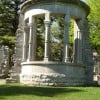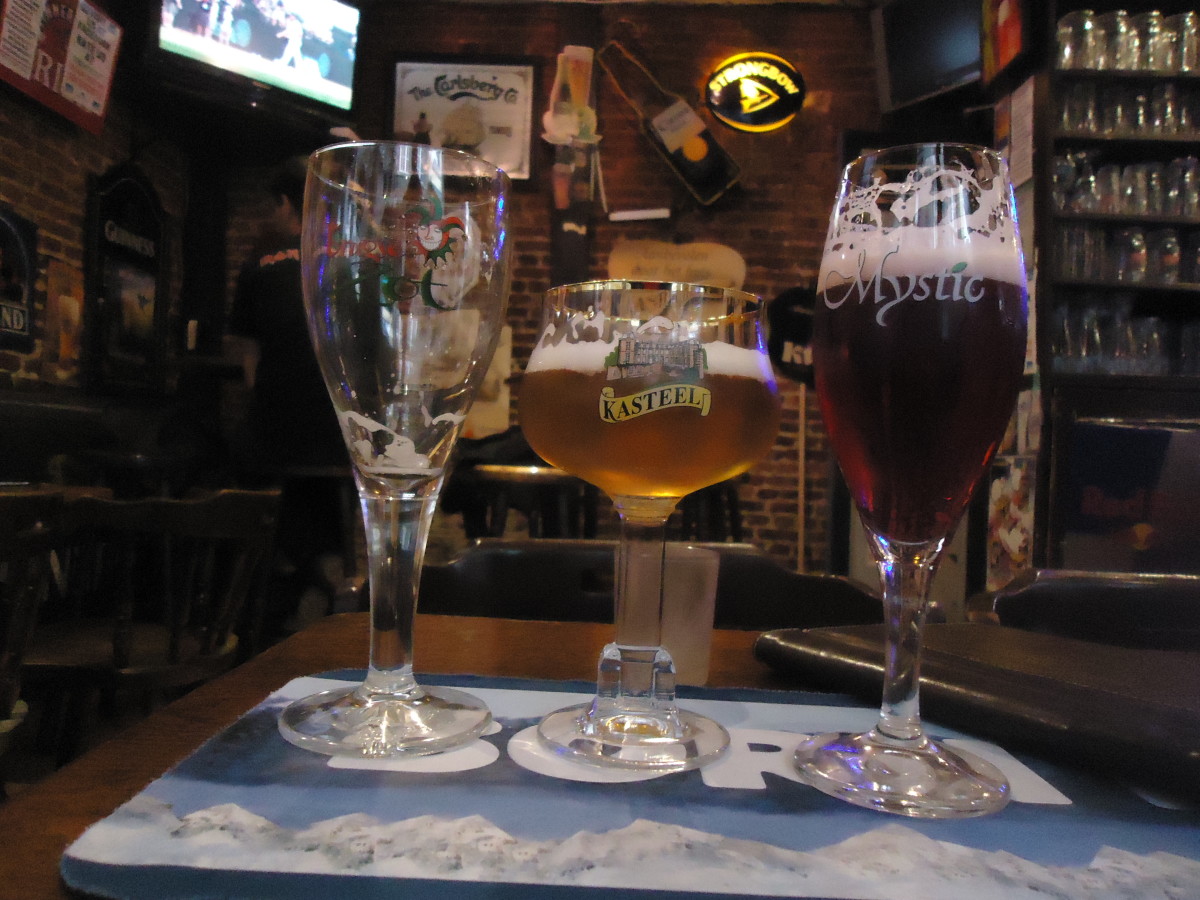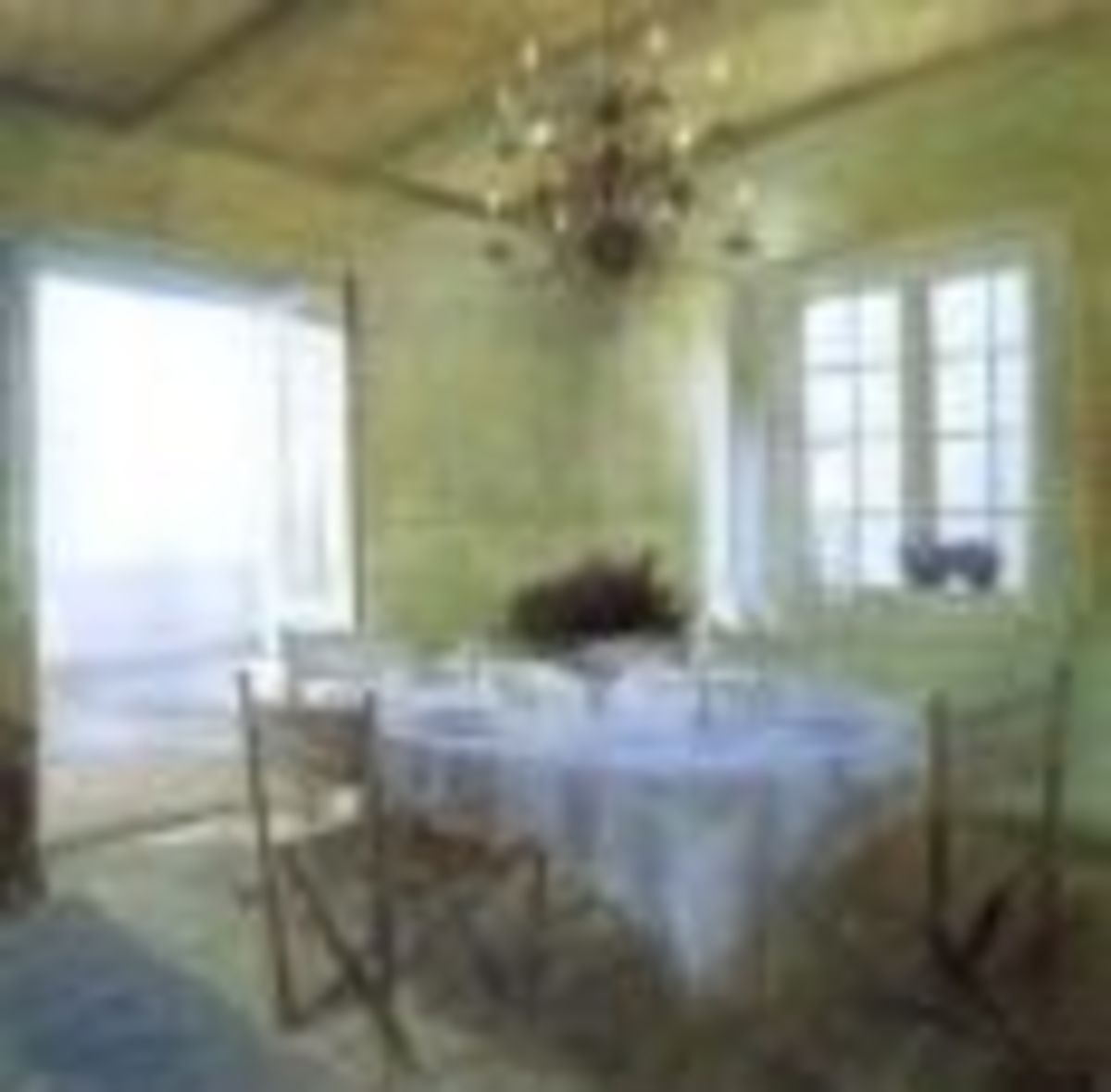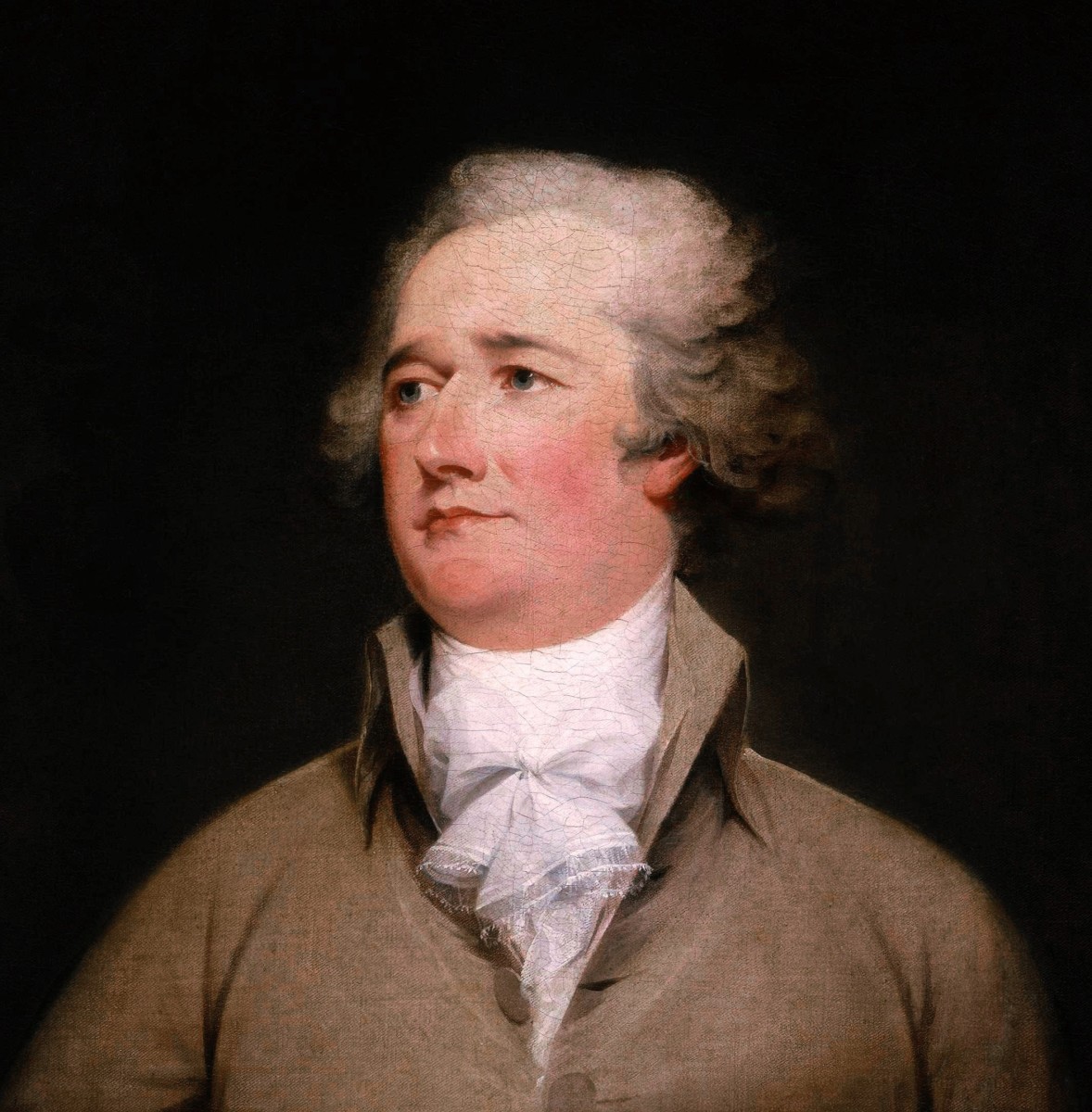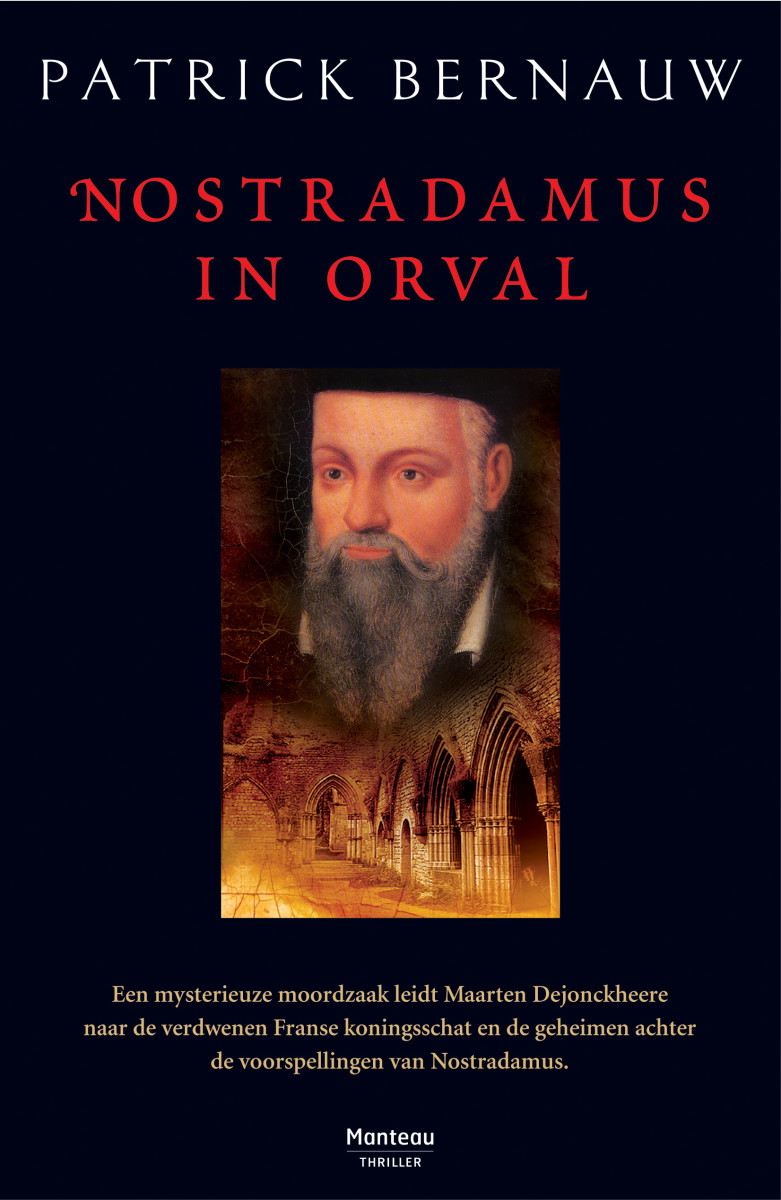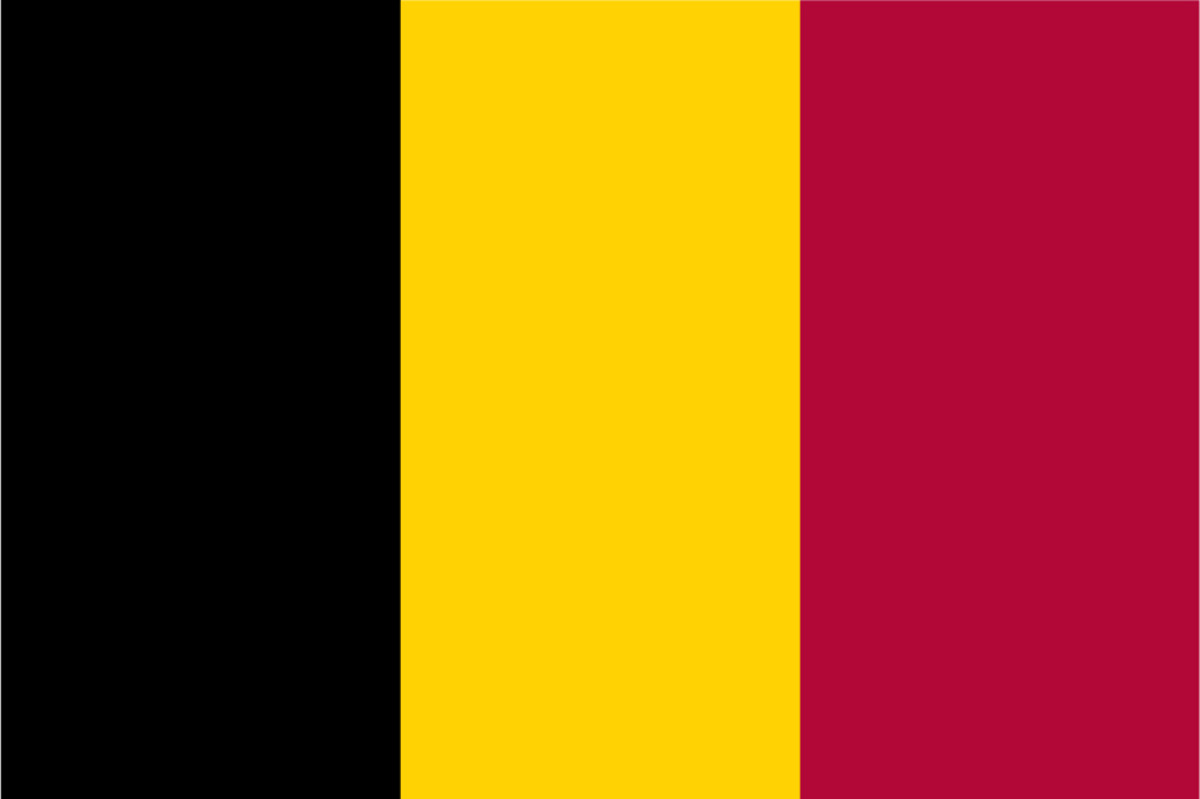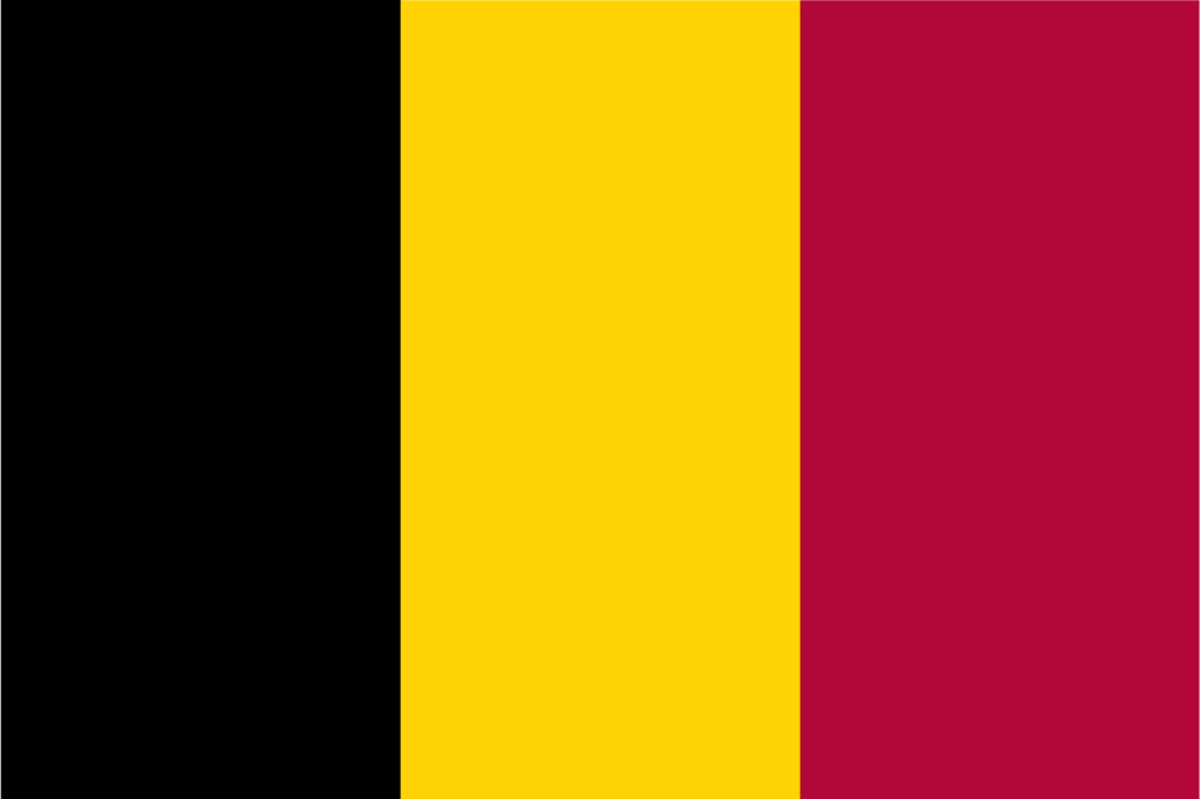Visiting the Congress Column, Brussels, Belgium: remembering King Leopold I and the Belgian constitution
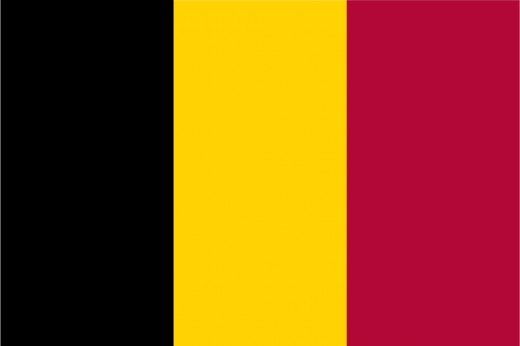
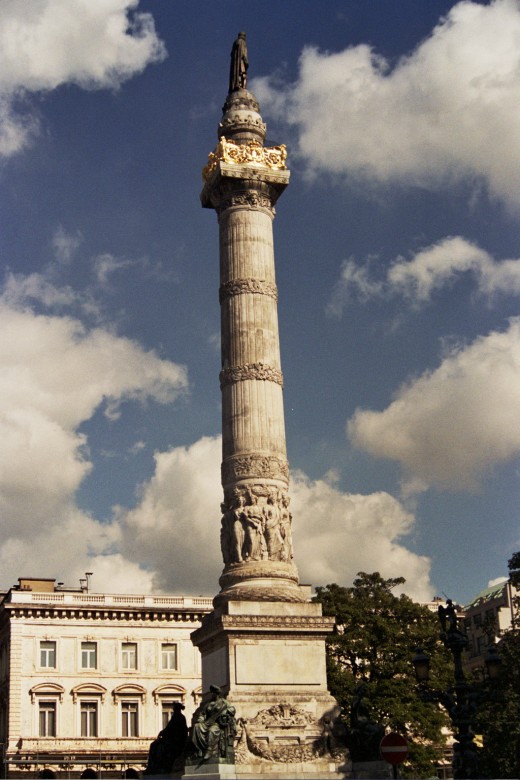
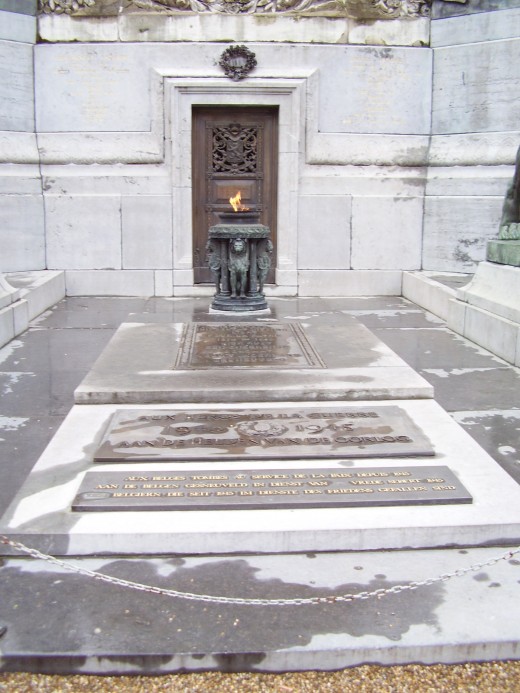
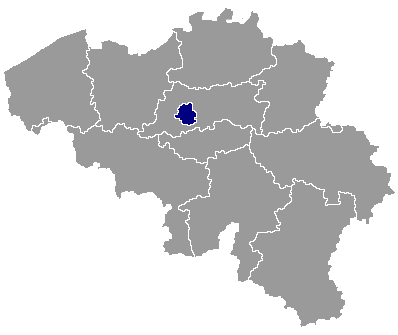
Remembering also the victims of World Wars
This striking monument in the Belgian capital, Brussels (French: Bruxelles ; Dutch: Brussel ), provides an insightful history lesson for visitors. Known as the Congress Column (French: Colonne du Congrès ; Dutch: Congresskolom ), it was erected between 1850 and 1859 in commemoration of the founding of Belgium by the National Congress of 1830 and 1831, when King Leopold I of the Belgians ascended to the throne.
Some features of the monument
Atop the 47 metre high monument is a statue by Jean Geefs of King Leopold I (1790-1865), still the reigning monarch when the Column was built. The Belgian monarch is the guarantor of the provisions of the Constitution, which the National Congress issued in 1830.
At the foot of the column are a number of other statues which symbolize the various liberties guaranteed under the Belgian Constitution.
Also at the foot of the Column is the tomb of unknown soldiers of World War One, when most of Belgium, on the soil of which a significant part of the Western Front conflict was fought, suffered occupation by German invaders. After World War Two, when the country was completely occupied by Nazi Germany, commemoration at the monument was broadened to include victims of this conflict also. The Column continues to be the scene of regular, solemn commemorations by leading, Belgian public figures.
Its architect and its sponsor
Interestingly, the architect for the Column was Joseph Poelaert (1817-1879), also widely known for his later design of the gigantic Palace of Justice, in Brussels, which many Belgians considered to be controversial. However, Poelaert seemed largely to escape such controversy over his plans for and symbolism of the Congress Column.
In any case, Charles Rogier (1800-1885), who served as Prime Minister of Belgium 1847-1852 and 1857-1868, is substantially credited with patronizing the plans drawn up by architect Poelaert and bringing them to fruition. Poelaert is said to have used Trajan's Column, Rome, as a guide for his design.
Also worth seeing
In Brussels , the Royal Palace and the BELvue museum of the Dynasty, the Palace of the Nation, the Grand' Place, the Palace of Justice and the Erasmus House, Anderlecht are only a few of the city's many visitor attractions.
...
How to get there: Brussels Airlines flies from New York to Brussels Airport (Brussel Nationaal / Bruxelles-National ), from where car rental is available. However, the Metro is a very convenient way of getting around Brussels. Some facilities may be withdrawn, without notice. Please check with the airline or your travel agent for up to date information.
MJFenn is an independent travel writer based in Ontario, Canada.
Other of my hubpages may also be of interest
- Visiting the Royal Palace, Brussels: imposing workplace of Belgium's monarch
- Visiting the BELvue Museum, Brussels: commemorating Belgium's Royal dynasty
- Visiting the Parliament Building, Brussels, Belgium: the Palace of the Nation
- Visiting the Grand' Place, Brussels, Belgium: amazing, architectural gem
- Visiting Anderlecht, Belgium: historical gem in bustling Brussels
